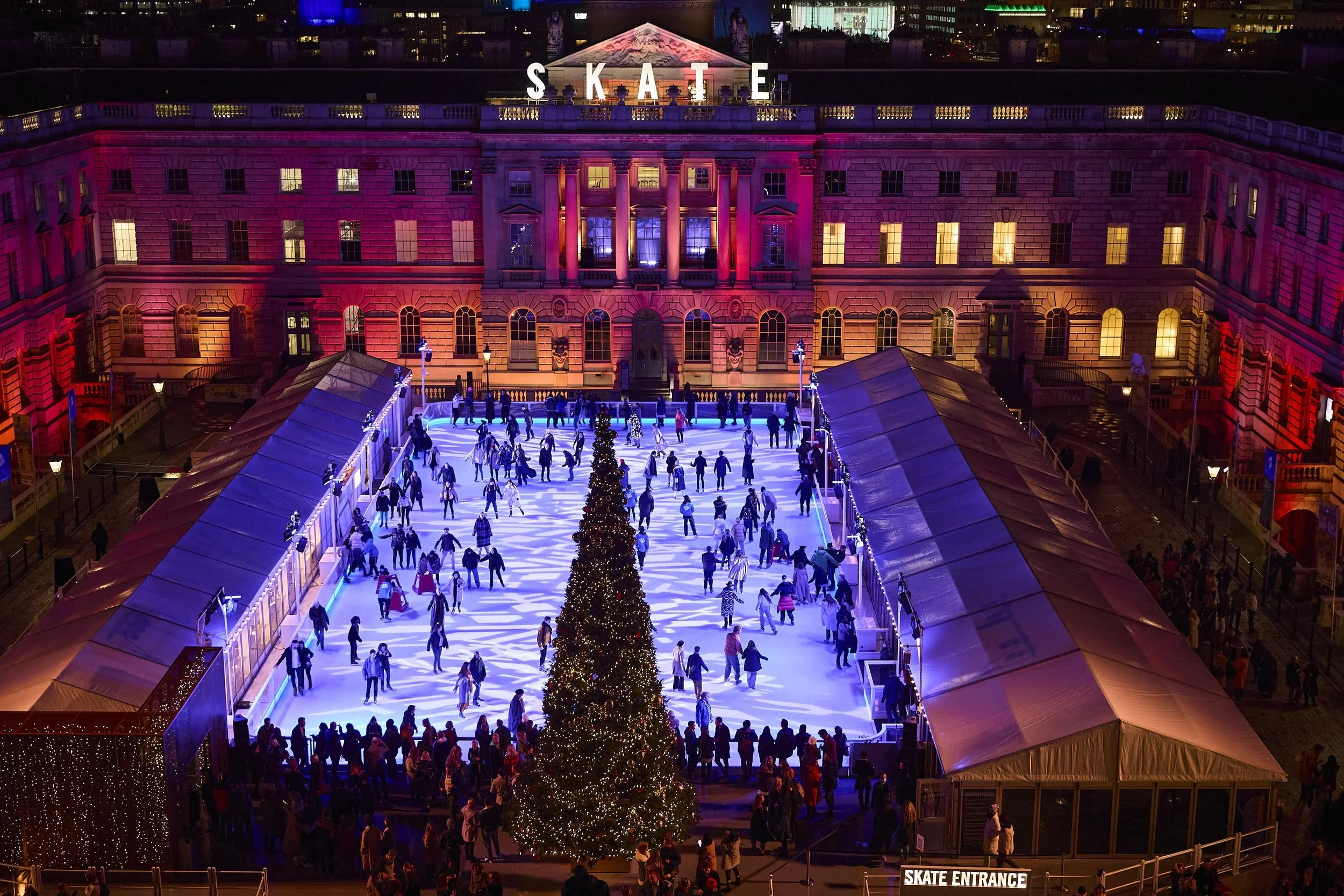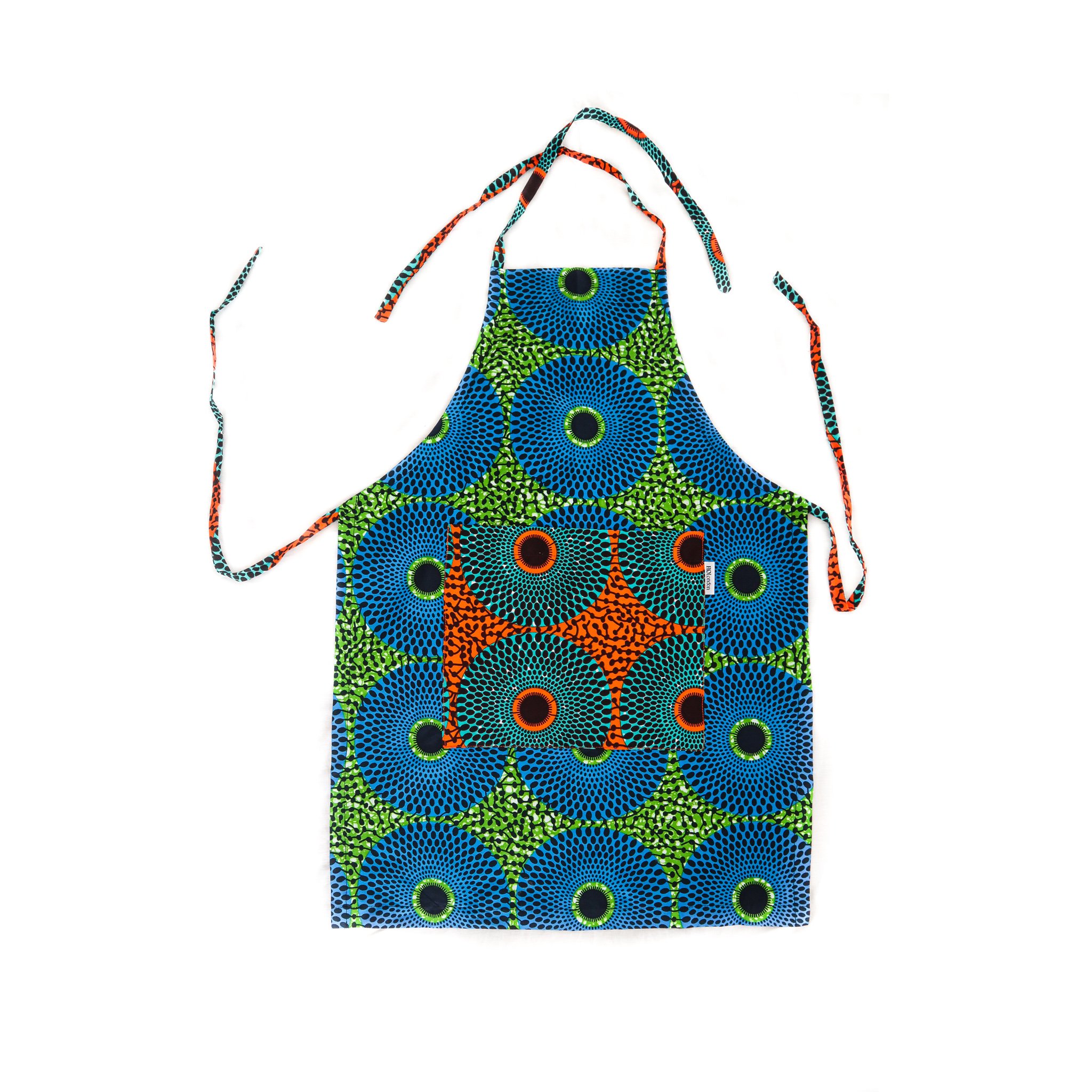Londoners turning to gyms as the antidote to urban overwhelm
London is built on overstimulation. The rush-hour crush, the late-night traffic, the constant noise that never fully switches off, all of it builds a kind of tension that sits in the body. People start looking for places where their nervous system can reset. That search has pushed more Londoners into gyms, but not for the old reasons. It’s less about aesthetics now and more about having somewhere stable, structured, and human in a city that’s always moving too fast.
Gyms have quietly become the antidote to that overload. A class gives your brain a single task. A training session gives you an hour where no one is asking for anything. The routine itself becomes grounding. And the spaces that understand this shift are the ones people stick with.

Why Certain Gyms Fit the New Mentality
Londoners are tired of noise, queues, and the constant rush that follows them through the city. That’s why many are drawn to smaller training spaces built around routine and structure. A place like Crowns Gym London shows how this shift plays out in everyday life without needing to oversell anything. It’s simply an example of a gym that offers clear class blocks, predictable schedules, and focused training sessions that help people switch out of the city’s fast pace.
What stands out in environments like this isn’t branding or intensity. It’s the feeling that the hour is already mapped out for you. You walk in, the class begins, and the next stretch of time moves in a straight line. There’s no wandering around searching for equipment or figuring out what to do next. That kind of structure acts almost like a buffer from the rest of the day, giving Londoners a pocket of calm inside something physically demanding.
People return to these gyms because the environment feels consistent. The faces become familiar. The routine becomes something you can lean on. In a city where public spaces often change minute to minute, having one place that stays steady makes a bigger difference than most realise.
Routine Becomes a Lifeline in a City This Busy
Once Londoners find a gym that feels steady, something subtle shifts. They start showing up more often without forcing themselves. The routine forms almost by accident. The body begins to recognise the contrast between the noise outside and the reset that happens after an hour of focused movement. Even a single session of pads, drills, or strength work can change the tone of the rest of the day.
London’s pace makes consistency rare. Work hours stretch. Transport is unpredictable. Plans fall apart easily. A training session is one of the few parts of the day that stays fixed. That reliability becomes part of the appeal. People begin treating their classes the same way they treat their morning coffee, which is a non-negotiable pocket of sanity inside an unpredictable schedule.
Smaller training spaces reinforce that feeling. Someone notices when you miss a session. Not in a pressuring way, but because the room itself has a rhythm and you’re part of it. You’re not scanning in and disappearing into a sea of strangers. You’re recognised, even if only by a nod, and that quiet acknowledgement makes returning easier.
The Social Layer Matters More Than People Admit
London can be both crowded and isolating. A gym fills a strange in-between space: you’re surrounded by people, but you don’t owe anyone conversation. You don’t need to impress or network. You move through the hour alongside others who are there for the exact same reason: to calm the mind, strengthen the body, and regain a sense of control.
That low-pressure social layer is more powerful than most people admit. You are not alone, but you’re not overwhelmed either. Someone who trained next to you last week gives a quick nod before class starts. Another person picks up pads for you without a word. These micro-interactions don’t build friendships, but they build familiarity. In a city where you can live for years without learning your neighbours’ names, that matters.
Gyms have quietly become a “third place.” Not home, not work, but a steady environment where people can exist without performing. For Londoners who feel stretched thin, that kind of neutral, grounding space fills a gap they didn’t always realise they had.
Why This Shift Isn’t a Trend — It’s a Survival Strategy
London isn’t going to slow down. The noise, the density, the intensity, all of it is part of the city’s texture. Movement helps people metabolise that pressure. A good gym provides the structure to do that safely, regularly, and without judgment. That’s why the rise of smaller, community-driven training environments isn’t a trend. It’s a coping mechanism that fits the demands of modern city life.
People aren’t joining these spaces because they’re fashionable. They’re joining because the routine keeps them steady. The atmosphere lowers the mental load. And the predictability gives them one corner of the week where nothing feels chaotic.
In a city that never stops asking for more, that one hour becomes the place where Londoners can finally breathe.
London’s cultural scene, a gallery or museum membership is the perfect alternative to another pair of socks. From unlimited access to exhibitions and exclusive events to discounts in shops and cafés, these memberships offer experiences that can be enjoyed throughout the year, while also supporting the vital work of arts organisations…
Your guide to London’s can’t-miss events this week, 17–23 November 2025, from Cabaret Voltaire live at ICA to Ballet Shoes at the National Theatre and The Evolution of UK Jazz at the Barbican…
Charlotte Winifred Guérard is a London-based artist and recent graduate of the Royal Academy of Arts School, where she was recognised as a Paul Smith’s Foundation scholar for her artistic achievement. Her work has been exhibited at the Royal Academy, Coleman Project Space, Fitzrovia Gallery, Messums and Palmer Gallery, and she has completed prestigious residencies including the Porthmeor Studio 5 residency in St Ives with the Freelands Foundation. Primarily a painter, Charlotte explores how paintings can be activated…
This week in London, you can enjoy festive ice skating, Christmas lights, jazz and classical concerts, and a range of art exhibitions. Highlights include Skate at Somerset House, Christmas at Kew, the EFG Jazz Festival, and the Taylor Wessing Photo Portrait Prize 2025…
From the 6th to the 9th of November, the leading West African art fair Art X Lagos celebrates its 10th birthday at the Federal Palace on Victoria Island. Founded by Tokini Peterside-Schwebig in 2016, the fair has become an unmissable event in the global art calendar, attracting galleries from over 70 countries and participants from 170 countries since its launch…
If you’re after something bold, queer and completely uncategorisable this November, you need to know about KUNSTY, the Southbank Centre’s brand new four day performance series running from 5-8 November 2025…
London’s most beloved Christmas activity is back. As festive cheer returns to the city, with twinkling lights and the scent of mulled wine drifting through the air, for many Londoners and visitors from further afield, nothing quite captures the spirit of the city at Christmas like strapping on a pair of skates and stepping onto the ice…
As the crisp autumn air settles over London, the iconic gardens of Berkeley Square are once again hosting one of the most anticipated gatherings in the art and antiques world: the LAPADA Fair 2025, running from 28 October to 2 November…
November is a lively time to be in London, with the festive season in full swing and the city buzzing with events. From skating at Somerset House to Christmas lights switch-ons and festive markets like the Southbank Centre Winter Market, there are plenty of ways to embrace the holiday spirit. Beyond the seasonal festivities, London’s cultural calendar is brimming with art, music, and performance…
As far as weekend getaways go, this 70-acre estate offers a peaceful country escape with all the best elements of a traditional hotel experience. Staffordshire, arguably, is not yet on the map for luxury and leisure but set in the heart of the beautiful Staffordshire Moorlands, The Tawny surely is a beacon of things to come…
Art Basel Paris returns to the Grand Palais for its second edition from 24–26 October 2025, bringing together 206 leading galleries from 41 countries and territories. Below is our guide to seven artists not to miss at this year’s edition, each presenting distinctive work through their galleries…
Art Basel Paris 2025’s Public Programme turns the city into a stage for contemporary art, placing bold, large-scale works in streets, courtyards, and cultural landmarks - all free to visit. From a dreamy opera of 30 surreal figures at Palais d’Iéna to a colossal Kermit the Frog balloon looming over Place Vendôme, here is our guide to five standout works from the Art Basel Public Programme that you simply cannot miss…
Frieze London 2025 returns to Regent’s Park with a dynamic mix of emerging and established galleries, reaffirming the city’s creative pulse. Highlights include Esther Schipper’s dreamlike works by Sarah Buckner, Gagosian’s vibrant installation by Lauren Halsey, and Pace’s meditative paintings by William Monk. From Do Ho Suh’s ethereal fabric architectures at Lehmann Maupin…
Paris launches into its own spectacular celebration of art each October, transforming the city into a hub for collectors, curators, and cultural enthusiasts. From the grandeur of Art Basel Paris at the newly renovated Grand Palais to the focused energy of Paris Internationale, OFFSCREEN, AKAA and Menart, each fair contributes something unique to the city’s vibrant art scene.
British Ceramics Biennial is back and better than ever. Running until 19 October 2025, the dynamic programme of free exhibitions, screenings, talks and events is proving a hit with both locals and critics…and just an hour and a half’s train away from London, it’s well worth a day trip…
Echoes of Migration is the flagship summit to launch new not-for-profit platform Art Voyage this autumn. Echoes of Migration officially inaugurates Art Voyage’s innovative, itinerant cultural programme…and gears us up for what is in store for the Art Voyage Biennial….
Betty Ogundipe (b. 2001) is a multidisciplinary artist of Nigerian heritage whose work explores resilience, femininity, and the power of love and resistance. Her debut solo exhibition, LOVE/FIGHT at Tache Gallery…
The V&A’s Marie Antoinette Style, sponsored by Manolo Blahnik, is being hailed as the first landmark exhibition in the UK devoted to France’s most infamous Queen of Fashion. It is a glittering journey through silk, flamboyance and legacy….
Malta is fast becoming one of the Mediterranean’s hottest destinations, offering sun-soaked beaches into October, a thriving arts and culture scene, and stunning architecture and landscapes…
This October in London offers everything from Frieze and the BFI Film Festival to Peggy Gou, the London Literature Festival, and Halloween at Kew.
From The Phoenicia Hotel and Iniala Harbour House, Valletta showcases some of Malta’s finest hotels, ranging from landmark luxury where royalty once danced to boutique hideaways filled with Maltese art…
Discover the best restaurants in Malta, where to eat, drink and enjoy authentic Maltese food and Michelin-star dining…
October is the month for art in London, thanks to Frieze and several other art fairs taking place across the city. There will be a significant programme of shows across the capital’s galleries and institutions. Notable openings include Cosima von Bonin’s Upstairs Downstairs at Raven Row, examining 35 years of work through objects, characters, and early pieces unseen for more than a decade; Wolfgang Tillmans’ Build From Here at Maureen Paley, and Arthur Jafa’s first exhibition at Sadie Coles HQ…
This week in London, explore modern and contemporary art at the British Art Fair, experience couture drama with LACRIMA at the Barbican, celebrate heritage at the Chelsea History Festival, enjoy a decade of dance with Acosta Danza at Sadler’s Wells, and step into Shakespeare’s world with Hamlet at the National Theatre…
With just 100 days to go until Christmas, London’s West End is preparing for the festive season. Carnaby Street and Covent Garden have confirmed their 2025 Christmas lights switch-on dates, signalling the start of celebrations across the capital…
Ladbroke Hall has been a fixture in Notting Hill since 1903, when it opened as the Clément-Talbot car showroom, Britain’s first purpose-built car factory. Designed to resemble an English country house, the building has since served a variety of roles, from producing military vehicles during the First World War to housing Thames Television in the 1980…
An essential guide to Ibiza, from modern art at MACE and Museo Puget, to cliffside dining at Amante and farm to table dining at Juntos House, iconic nightlife at Pacha and Ushuaïa, and serene luxury at Soho Farmhouse Ibiza…
Ibiza’s nightlife is truly legendary, known worldwide as the ultimate playground for party-goers. For decades, the island has attracted the very best international DJs and music lovers from across the globe. Here is our guide to seven of the best clubs to visit in Ibiza, starting with the absolute giants and working down to gems like Chinois…
Discover the best of London this weekend! From landmark exhibitions such as Marie Antoinette Style at the V&A and Material World at Kew Gardens, to live music and a curry festival on Brick Lane…
















































